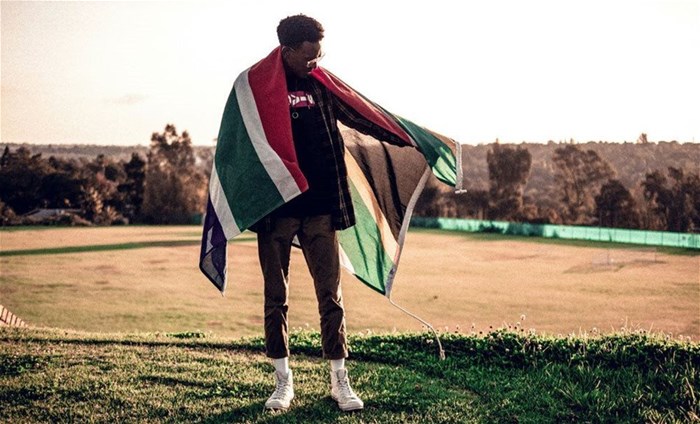South African athletes and sports teams have punched well above their weight on the global stage over the past year. From hosting the Netball World Cup to Banyana Banyana securing their first-ever World Cup knockout spot, and Bafana Bafana claiming an Afcon Bronze, the sports scene has been thrilling.

Image supplied
Remarkable triumphs include Dricus du Plessis becoming the first South African to hold a UFC belt in February and the Springboks clinching their fourth Rugby World Cup title.
With the Paris 2024 Olympics in July, Eighty20 unpacks some interesting South African sporting insights using data from MAPS, a nationally representative survey of 20,000 people produced by the MRF which measures interest in sports, participation and attendance of sporting events.
Sports mad South Africans
“We are undeniably a nation passionate about sports, with approximately 75% of South African adults expressing interest in sports, and a staggering 25 million actively participating in a sport,” says Andrew Fulton, director at Eighty20.
For both these metrics, the data is quite consistent across age with between 73% (those aged 15-24) and 76% (those aged 25-34) of all age groups interested in sport, and those participating ranging between 54% (those aged 50+) and 59% (those aged 25-34).
In terms of ethnicity, Indian, Coloured, and Black individuals exhibit higher levels of interest and participation in sports compared to their White counterparts.
Gender differences are more notable, while women and men are equally interested in sport (74% and 76% respectively), men are outpacing women in participation, a significant 65% of men participate in sports, with only 50% of women saying the same.
A look at the last decade
Sports Interest | 2014 versus 2024Looking at the AMPS data from 10 years ago, the top three sports were soccer, rugby and cricket, with nearly 20 million people expressing interest in soccer. Rounding out the top 10 were dancing, boxing, netball, swimming, walking, billiards and tennis.
Fast-forward 10 years, the latest MAPS data now expands the 27 sporting options we had in the 2014 AMPS into 56 different sports, including airplane racing and four separate gym categories (pilates, spinning, weight training and aerobics).
As a result, soccer is still number one, but dancing and netball have replaced rugby and cricket. New entrants in the top 10 are extreme/adventure sports and jogging/park running/trail running, replacing billiards and tennis.
Sport Participation | 2014 versus 2024A decade ago, the top sports activities predominantly comprised low-cost endeavours like soccer, walking, billiards, jogging, and dancing. In 2024, not much has changed in terms of popular sports, except for the emergence of more expensive and niche extreme/adventure sports.
The impact of Siya Kolisi’s captaincy and the transformation of rugby over the past 10 years is evident in the data. Among those expressing interest in rugby currently, 61% are Black, up from 52% in 2014. Coloured rugby players now constitute 25% of all rugby participants, compared to 11% in 2014.
Although women's attendance or interest in rugby hasn't shifted significantly, the proportion of female participants has grown from 21% to 27% over the past decade. In 2014, the top five sports for women included netball, pilates, volleyball, dancing and hockey. Now, tennis and gymnastics have replaced volleyball and hockey.
In terms of other demographic shifts in sports people play, a larger percentage of golfers are 15-24-year olds, more so than than 35-49-year olds, or even 50+. The 50+ segment has however remained the main age group for fishing, along with hunting and shooting activities.
Who watches sport on TV?
The 2023 Rugby World Cup in France was the most watched rugby event of all time, with 1.33 billion viewing hours (VH) across all programming on linear and non-linear broadcast.
Nielsen suggests that the final match of the World Cup attracted 10.9 million unique South African home-based live viewers across four linear TV channels (not including those who watched out of home). As a comparison, this is a 26% increase over the 2022 FIFA Soccer World Cup Final.

































